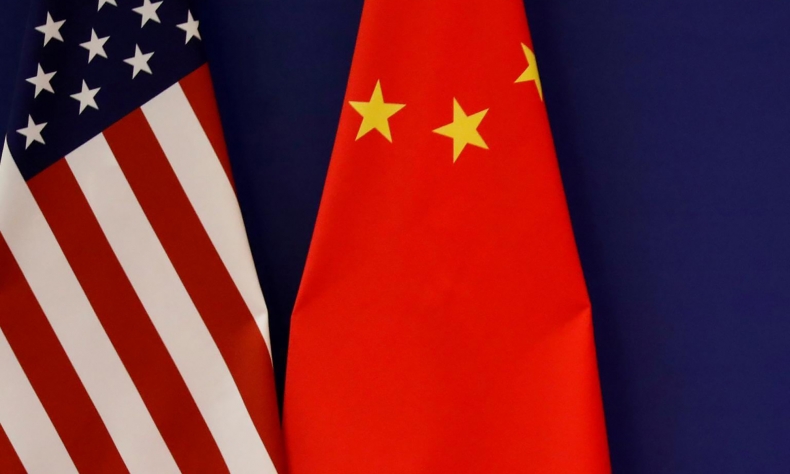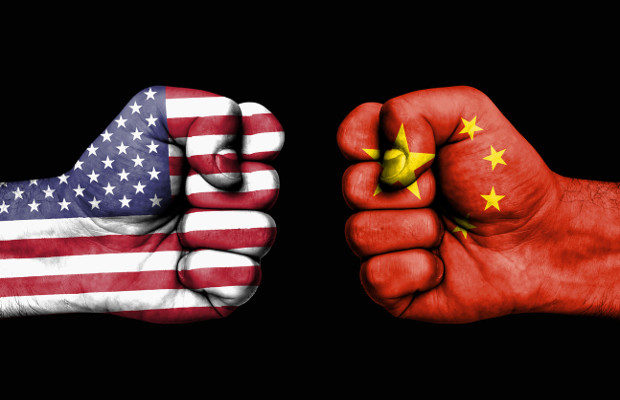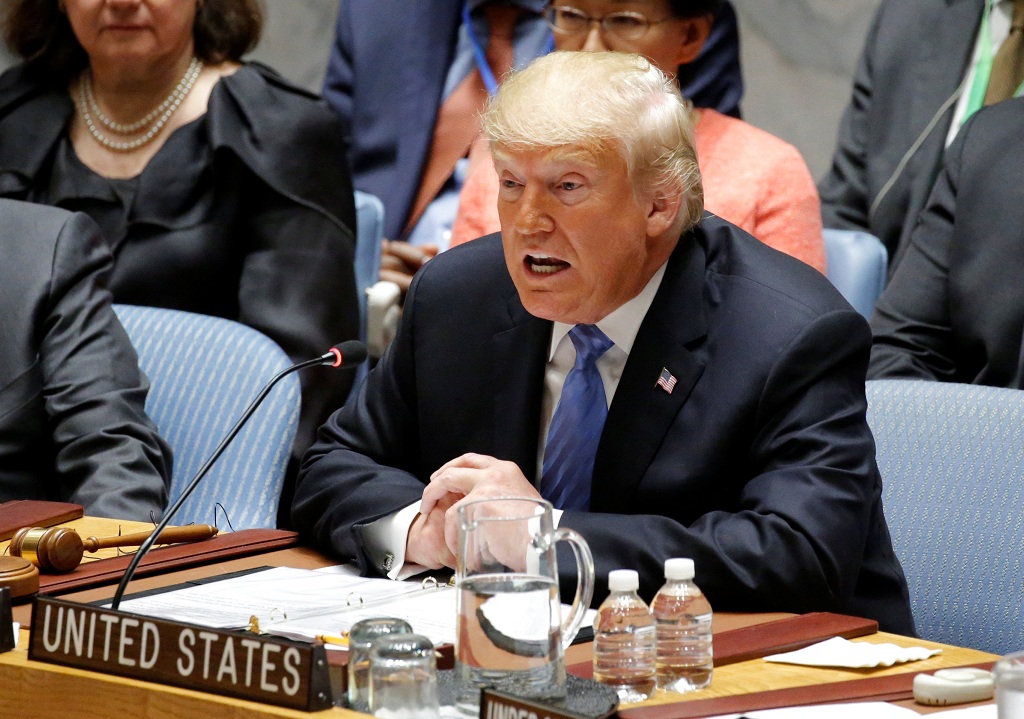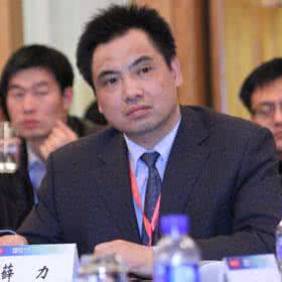Understanding China-US Relations: Cold Wrestle Rather Than a New Cold War

China-US relations are not in a new cold war but in a situation of intertwined competition in which their interests are tangled. This cold wrestle is aimed at finding a new equilibrium of interest between China-US through each issue.
There is a rising preconception among Chinese scholars that the intensifying trade war and the recent Trump administration’s policies towards China are seen as sufficient evidence to conclude that “China-US relations are entering a new Cold War”. Firstly, they say the US has defined China as its main strategic rival. Therefore, the US has taken aggressive and restrictive measures against China in terms of propaganda, economic and military cooperation, as well as technological and cultural exchanges.
Apart from taking actions themselves, the US has also instigated its allies and partners into concerted action. This has resulted in the US containment of China becoming a reality, enough to constitute a new Cold War. Although this new Cold War has not yet arrived, it could eventually become a reality as the situation intensifies.
Are these scholars right? In fact, the key features of the last cold war were as follows: The US and the Soviet Union, based on confrontational ideology, aimed at disintegrating or assimilating each other. They took every aggressive action except initiating a war, to advance their overall strength and expand their respective sphere of influence while at the same time weakening the other.
Their diplomatic policies included: suppressing the rival party in politics, ideology and military, engaging in an arms race, building their own systems of alliance, partnering networks and starting proxy wars in other regions as agents or supporters.
In economic terms, they built parallel markets, separated from one another in cultural, technological and human exchanges.
With this constituting the meaning of a cold war, let’s turn to the current China-US relationship.
In this new era, China has continued with its ideology of Socialism with Chinese characteristics to achieve the China Dream and build a community with a shared future for mankind. Diplomatically, China upholds a new type of international relations with win-win cooperation and promoting globalization at its core. China is committed to being “a builder of world peace, contributor to global development, and defender of the international order”, and to provide Chinese wisdom and proposals for solving issues which mankind faces.
Meanwhile, China does not copy foreign modes of development on the whole and doesn’t impose the Chinese model on other countries, meaning China won’t ask other countries to follow in China’s footsteps.
In terms of its relationship with the US, China speaks about the two nations building a new type of international relations so as to avoid Thucydides’s Trap, expressing that it is neither an international sheriff nor harboring hope of replacing others.
Clearly, China has no intention to disintegrate or assimilate the US, and also has no intention of starting an arms race with them. China advocates partnership diplomacy rather than any system of alliances.
In economic terms, China constantly formulates new open policies to strengthen cultural, technological and human exchanges with all other countries. The key of the Belt and Road Initiative lies in economics and culture. The multilateralism that China has constructed with other countries is open, as is evident in the Asian Infrastructure Investment Bank, Conference on Interaction and Confidence-Building Measures in Asia (CICA) and the Free Trade Area of the Asia-Pacific (FTAAP). Furthermore, China currently engages in or has plans to carry out cooperation with Japan, South Korea and Singapore in third countries.
From the US perspective, a consensus was reached after years of debate: The US had to adjust its policies and mindset toward China because the failure of engagement strategy, which started by Nixon Administration, used to guide China into the US-led international order.
Δ US President Donald Trump accused China of seeking to meddle in the November 6 US congressional elections when he chaired a meeting of the UN Security Council held in New York, September 26, 2018.
The US however, views China’s rapid growth and overall strength as a way of it acting more aggressively in its diplomacy and even threatening other countries, especially neighboring middle and small countries, in various ways.
They believe China has also stepped backwards in political democratization. In terms of its economy, China’s state capitalism has highlighted the competitive disadvantages of the US’s market capitalism, while China has also influenced the technological advantages of developed countries including the US through compulsory technology transfer and intellectual property theft.
Industrial policies such as “Made in China 2025” will dramatically improve China’s technology and systematically threaten the advantages of the US. Chinese students and technological personnel in the US are becoming assets that China can use to steal US technologies.
In cultural terms, China is penetrating into the US through Confucius Institutes and various media organizations.
It is unlikely at this moment that China and the US will enter a real war, for China is not a new Soviet Union and its overall strength is still inferior compared to that of the US.
However, considering the fact that China is experiencing rapid growth, America must quit the measures only favorable to China and pay attention to quid pro quo. That is, US-China relations must be based on reciprocality. If China fails to do so, then the US will fight back.
At the same time, the US requires China to conform to a rules-based order in international affairs, especially in diplomatic affairs with China’s neighbors.
The Trump administration mainly focuses on American interests and homeland affairs, emphasizing the protection of homeland manufacturing, energy, technology and infrastructure, protecting the interests of the military-industrial sector and the victims of globalization.
The administration will reject shouldering too many overseas obligations and leave more responsibilities to its allies and partners. Additionally, the administration is not interested in global leadership and values diplomacy, choosing to participate in international affairs only on some particular issues or limited areas.
In terms of diplomatic policies towards China, the Trump administration is oriented towards taking a hard line against China. The US are trying to exclude pro-China colleagues to avoid the “failures” of the previous government.
Under the promotion of regional allies and partners, the US only participates in hotspot issues such as the denuclearization of the Korean Peninsula, the East China Sea issue, the Taiwan question and the South China Sea issue. Such participation is under the premise that other countries shoulder more responsibilities and obligations, therefore allowing the US to take more flexible and efficient measures.
In conclusion, China will continue to pursue a policy of cooperation rather than confrontation in its diplomacy with the US.The concept of a “New Cold War” between China and the US is not persuasive because China won’t participate in such a war.
Certainly, in terms of diplomatic policies toward the US, China will be more positive in setting the agenda, more steadfast in maintaining its bottom line and more flexible in diplomacy. China may show its flexibility so long as the US doesn’t challenge its core interests, such as the Taiwan question.
The US remains the stronger player in this relationship, however, it won’t impose on China the same policies it once used towards the Soviet Union. Instead, it will aim to gain tangible profits from reducing China’s “impropriate” advantages (such as service market access) through flexible but determined approaches under the premise of not triggering a wide-scale conflict.
As a result, China-US relations are not in a new cold war but in a situation of intertwined competition in which their interests are tangled. This cold wrestle (intertwined competition) is aimed at finding a new equilibrium of interest between China-US through each issue.
It’s worth emphasizing that it is almost impossible for China and the US to start a new Cold War even if tensions continue to escalate because their relationship lacks the key features of the previous cold war between the US and the Soviet Union.
By Xue Li, director and senior fellow at Department of the International Strategy of the Institute of World Economics and Politics, Chinese Academy of Social Science
 Facebook
Facebook
 Twitter
Twitter
 Linkedin
Linkedin
 Google +
Google +






